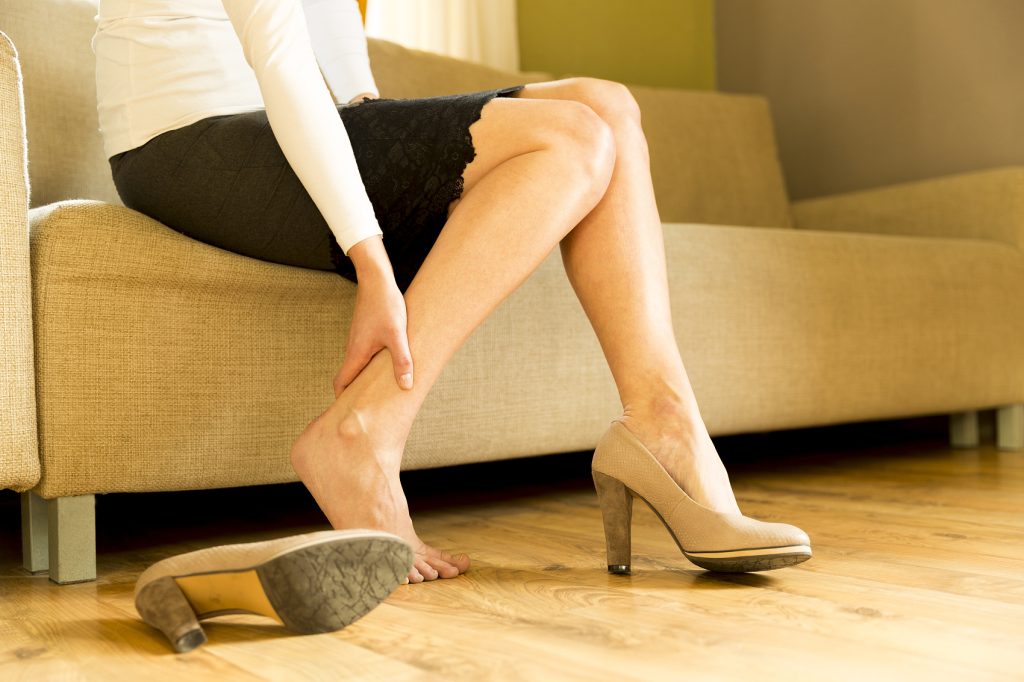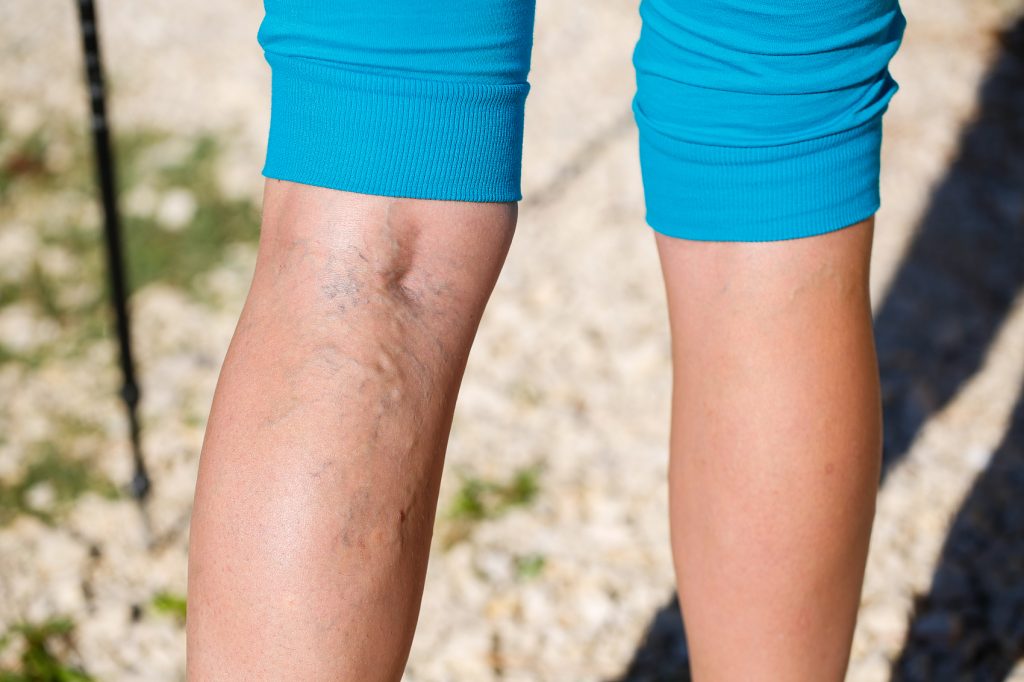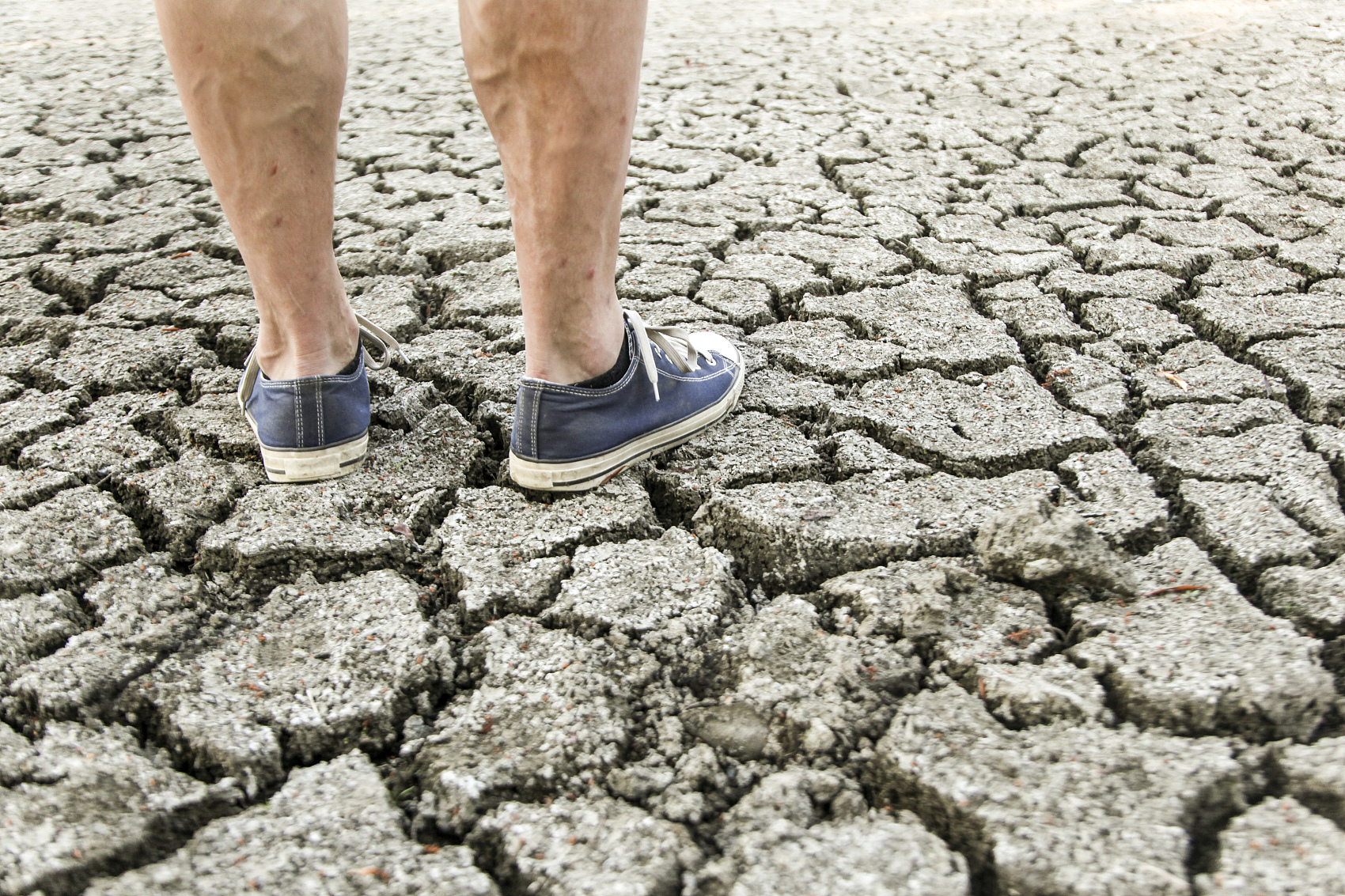Dealing with varicose veins can be more than just uncomfortable—it can be downright painful. Fortunately, if you’re suffering from severe symptoms, you don’t have to endure lengthy surgical procedures. There are several advanced and minimally invasive treatments available that can help alleviate the problem without requiring a long recovery time. Here’s a breakdown of four popular minimally invasive options to help you decide which might be right for you:

- Endovenous Laser Therapy (EVLT):
This treatment uses laser energy to seal off affected veins. The procedure starts with a small incision near the ankle, through which a thin laser fiber is inserted. The laser is then activated to heat the vein walls, reducing swelling and preventing blood clots. General anesthesia isn’t usually required, which means less downtime. Most patients can go home the same day and are able to walk within an hour of the procedure. - Phlebectomy (Vein Stripping):
Phlebectomy involves removing large, bulging veins through small skin incisions. This is done under local anesthesia to numb the treatment area. The surgeon makes several small cuts from the ankle up the leg, uses a special hook to extract the vein, and then closes the incisions with stitches or medical adhesive. Patients typically go home the same day but should discuss potential complications and benefits with their doctor beforehand. - Radiofrequency Ablation:
This procedure uses radiofrequency energy to heat and collapse the affected veins. It starts with the insertion of a catheter through a small incision at the ankle, which is directed to the problematic vein. The emitted energy seals the vein walls, after which the catheter is removed. Patients need to avoid heavy lifting and keep the incision clean and dry to aid healing, but generally, recovery is quick. - Sclerotherapy:
Sclerotherapy is effective for treating both varicose and spider veins. It involves injecting a sclerosant solution into the vein, causing it to scar and close. This method helps reduce the visibility of veins and alleviates associated symptoms like pain and swelling. Post-treatment, patients are usually required to wear compression stockings for about a week and should avoid strenuous exercise to ensure the best outcomes.

Each of these treatments offers a way to manage varicose veins with minimal disruption to your life. Depending on the severity of your condition and your lifestyle, one may be more suitable than others. It’s important to consult with a healthcare provider to determine the best option for your specific needs.








